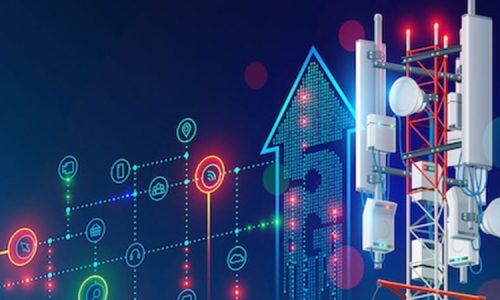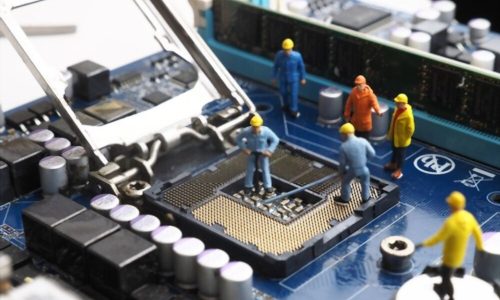Long term Evolution (LTE) is a 4th generation (4G) wireless technology that delivers significantly higher data rates to users (up to 300 Mbps) while reducing the net cost-per-bit through a number of key enhancements, including OFDM, multiple antenna techniques, and all-IP networks. The course begins with an overview of LTE/E-UTRAN network architecture and protocols and introduces OFDMA, the key technology of LTE, and then discusses the DL and UL channels, signals and operations. This is followed by a comprehensive discussion of MAC, RLC and PHY layers of the LTE air interface.
EXPECTED ACCOMPLISHMENTS
- Describe network architecture
- Explain OFDM Concepts
- Understand in details the physical layer and operations in mobility and idle mode
- Describe MIMO in LTE
- Understand MAC, RLC, PDCP and RRC layers in details
- Explain the implications of frequency and spectrum on LTE implementation
- List LTE channels in DL and UL and map them on the frame structure
- Step through the system access and data session setup procedure
- Describe traffic operations in DL-CQI reporting, scheduling, MCS selection and HARQ feedback
- Describe traffic operations in UL – Scheduling request, UL grants, UL transmission and HARQ feedback
- Explain key concepts of LTE mobility and handover
TARGET AUDIENCE
Managers, Engineers, and Technicians involved in the planning, deployment and maintenance of mobile networks
COURSE DETAILS
Evolved Packet System Network Architecture and Protocols
- Market Trends
- LTE and SAE/EPC architecture
- LTE Interfaces
- Architecture Enablers
UE Bearers and Connectivity
- EPS as an IP-CAN
- EPS QoS
- LTE States and State Selection
- EPS Bearer Types
- EPS Area Identities
- Subscriber Identities
- IMS Registration
- TAU Area Tracking Update
Radio Resource Control
- RRC Functions
- RRC States Radio Resource Control
- I-RAT State Transitions
- Signaling Radio Bearers
- System Information Broadcasting
- System Information Messages
- Security Mode Setting
- Data Radio Bearer Establishment
- Measurement Configuration
- LTE Handover
Layer 2 Protocols
- Layer 2 Overview
- L2/L1 Channel Mapping
- PDCP Functional Architecture
- PDCP PDU Formats
- PDCP Sequence numbers in Handover
- PDCP Integrity and Ciphering
- RLC General Functions
- RLC Transparent , Unacknowledge and Acknowledged Mode Operations
- RLC UM and AM Frame Structures
- MAC Architecture
- Scheduling
- RACH Procedures
- HARQ Operations
- DRX
OFDM Principles
- Radio Carrier Orthogonality
- Spectral Efficiency of OFDM
- Fourier Transform –FFT and IFFT
- OFDM Transmitter and Receiver
- Delay Spread and Cyclic Prefix
- Scalable OFDMA
- Turbo Coding
- OFDMA vs. SC-FDMA
- PAPR
- Benefits of MIMO
Physical Layer Structure
- Physical Layer Functions
- Channel BW, Frequency Bands
- Modulation and Error Protection
- Physical, Transport and Logical Channels
- Type1 and Type 2 Frame Structures
- Resource Blocks
- DL/UL/UE Specific Reference Signal
- UL/DL Resource Allocation
Lower Layer Procedures
- Cell Selection
- PLMN Selection
- Cell Reselection
- DRX Operation
- E-UTRA Radio Measurements
- Trigger Events
- UL Power Control
- Timing Advance
- CQI Reporting
- MIMO Gains
- MIMO vs. Beam-forming













